For winter sports enthusiasts, few things are as frustrating as fogged-up ski goggles. That moment when your breath rises into the goggle's interior or temperature differentials cause condensation can turn an exhilarating run into a dangerous blur. Over the past two decades, anti-fog technology has undergone a quiet revolution - moving from primitive solutions to sophisticated scientific approaches that keep lenses clear in even the most extreme conditions.
Early attempts at combating fog relied on basic physics rather than advanced chemistry. Many skiers from the 1980s and 90s will remember the "double lens" approach - creating an air gap between two layers of polycarbonate to reduce thermal transfer. While somewhat effective, these designs added weight and often distorted peripheral vision. The other common solution involved applying dish soap or potato juice to the lens (a technique still passed down through generations of skiers), which worked temporarily but required constant reapplication and left residue.
The breakthrough came when optical engineers began studying the molecular behavior of water on treated surfaces. Fog forms when water vapor condenses into millions of microscopic droplets that scatter light. True anti-fog technology needed to either prevent condensation entirely or make the water spread out evenly in an invisible film. This understanding led to the first permanent hydrophilic coatings that could be bonded to goggle lenses during manufacturing.
Modern anti-fog treatments employ several sophisticated approaches simultaneously. Most premium goggles now use a combination of permanent hydrophilic coatings, advanced venting systems, and sometimes even battery-powered fans. The coatings work by reducing the surface tension of water, causing condensation to spread evenly rather than forming discrete droplets. Some manufacturers incorporate silver ions or other antimicrobial agents to prevent the degradation of these coatings from skin oils or bacteria over time.
Venting systems have become remarkably sophisticated, with many designs using computational fluid dynamics to create optimal airflow without letting in snow or cold air. The best systems create a subtle chimney effect - drawing moist air out while allowing just enough dry air circulation to maintain equilibrium. Some high-end models now feature moisture-wicking foam along the frame that actively pulls humidity away from the lens area.
The military and professional sports have driven much of the recent innovation. Special operations forces operating in Arctic conditions need goggles that won't fail during critical missions, while World Cup skiers demand perfect visibility when descending at 80+ mph. These extreme users have pushed companies to develop solutions like electrochromic lenses with embedded heating elements or phase-change materials that absorb excess humidity. While still too expensive for mass market, these technologies often trickle down to consumer products within a few seasons.
One unexpected challenge has been the interaction between anti-fog coatings and other lens treatments. Most ski goggles also feature anti-scratch coatings and UV treatments, while many have photochromic or polarized lenses. Creating chemical layers that work in harmony without degrading each other has required extensive materials science research. The leading brands now use proprietary deposition processes that can apply multiple nano-coatings in perfect sequence under controlled vacuum conditions.
Consumer education remains an ongoing challenge for the industry. Many skiers unintentionally damage their goggles' anti-fog capabilities by using improper cleaning techniques or storing them in ways that degrade the coatings. Experts recommend never wiping the inside of lenses (where the anti-fog treatment resides), avoiding harsh cleaners, and always allowing goggles to air dry completely before storage. Some manufacturers now include RFID tags that link to care instructions when scanned with a smartphone.
Looking ahead, the next frontier may involve smart goggles with active climate control. Several companies are prototyping models with tiny humidity sensors and micro-fans that adjust airflow automatically based on conditions. Others are experimenting with hydrophobic nanostructures inspired by lotus leaves that could make traditional coatings obsolete. What remains constant is the fundamental need - whether you're a weekend warrior or an Olympic athlete, clear vision on the mountain isn't just about performance, but safety and enjoyment of the sport we love.
The story of anti-fog technology mirrors the broader evolution of winter sports equipment - from makeshift solutions to cutting-edge engineering. As materials science continues advancing, future skiers may look back at today's goggles the way we now view those early double-lens designs: as primitive artifacts from a bygone era. Until that day comes, the current generation of anti-fog systems represents an impressive marriage of physics, chemistry, and design that lets us focus on the ride down rather than fighting with our gear.
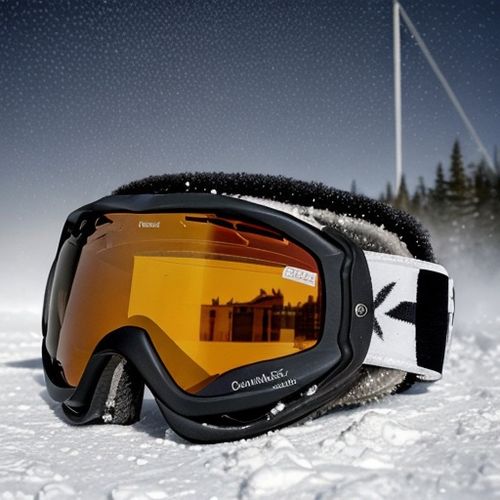
By Natalie Campbell/Apr 27, 2025

By Emma Thompson/Apr 27, 2025
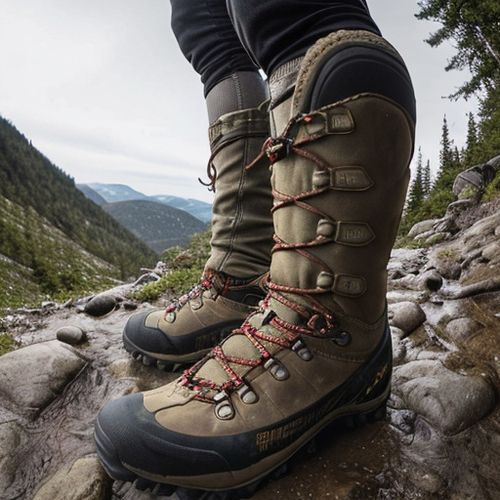
By George Bailey/Apr 27, 2025
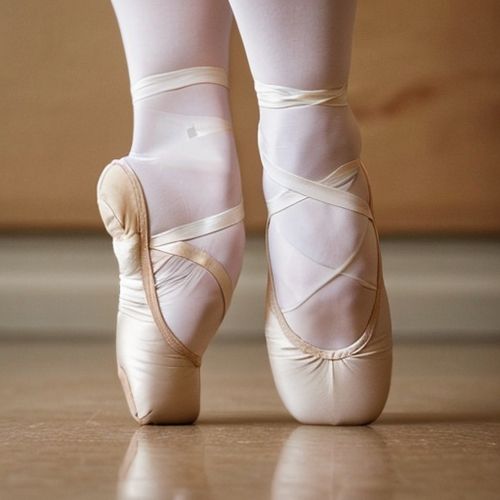
By William Miller/Apr 27, 2025
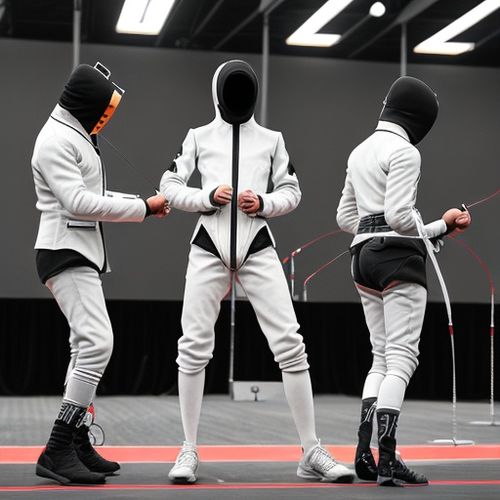
By James Moore/Apr 27, 2025
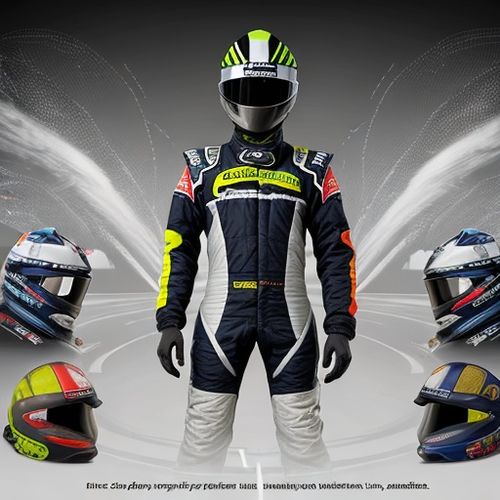
By Lily Simpson/Apr 27, 2025
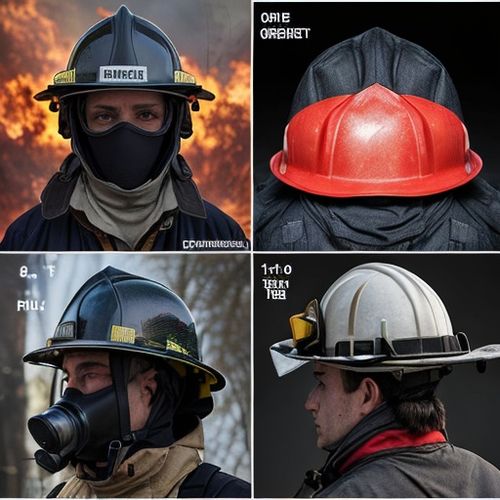
By Elizabeth Taylor/Apr 27, 2025
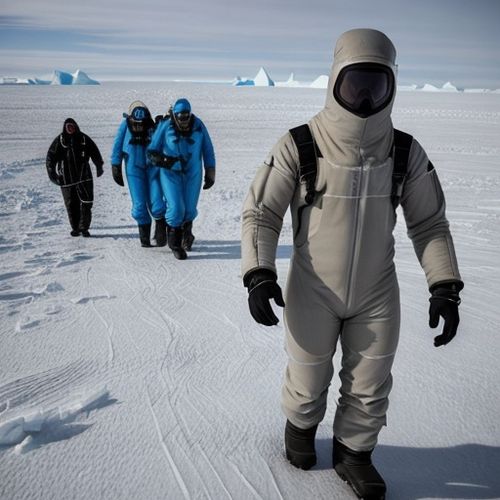
By Benjamin Evans/Apr 27, 2025
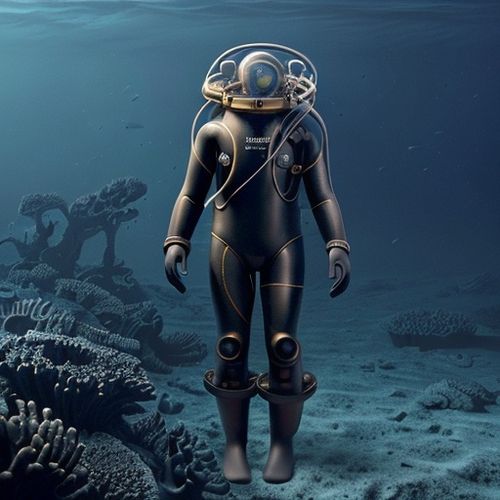
By Elizabeth Taylor/Apr 27, 2025
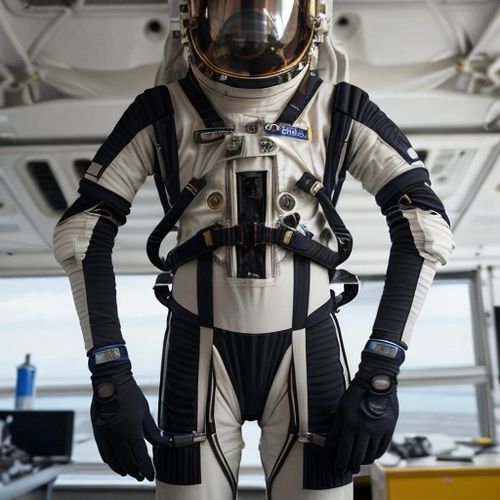
By Samuel Cooper/Apr 27, 2025
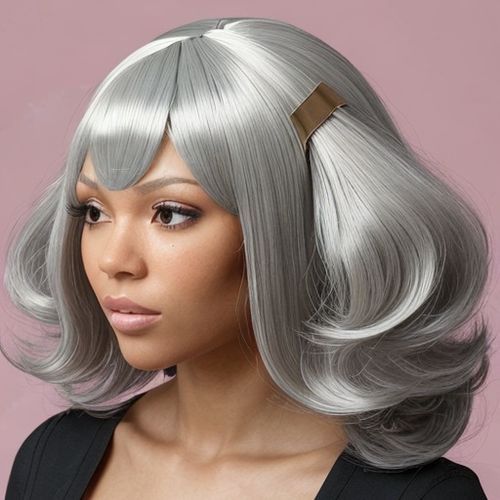
By John Smith/Apr 27, 2025
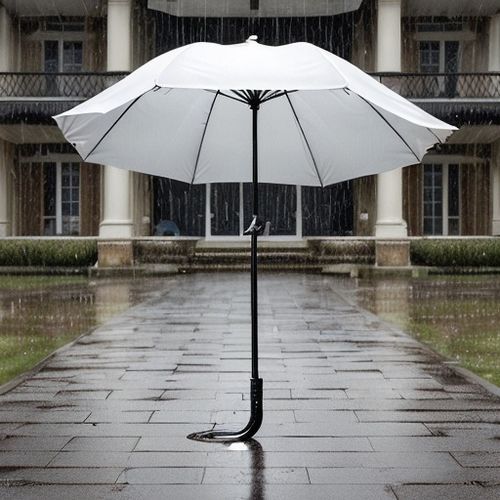
By Daniel Scott/Apr 27, 2025
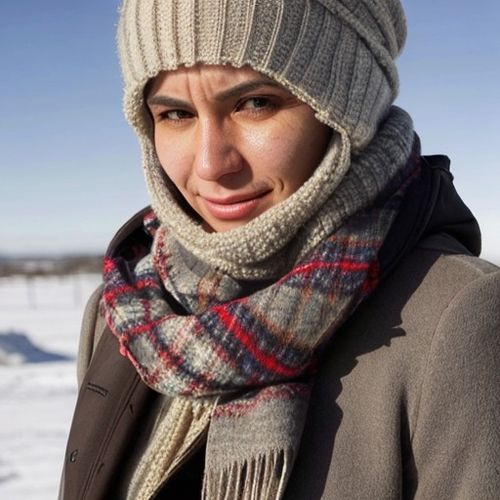
By Amanda Phillips/Apr 27, 2025
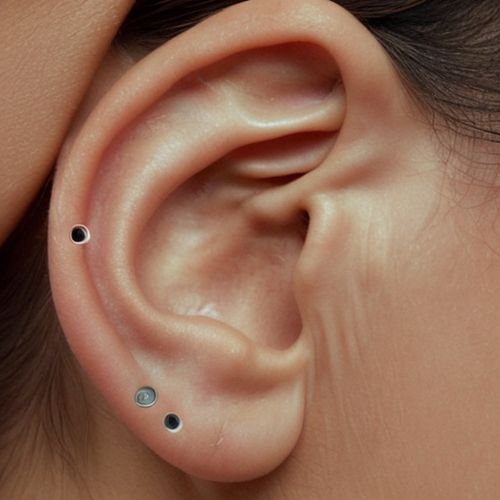
By Amanda Phillips/Apr 27, 2025
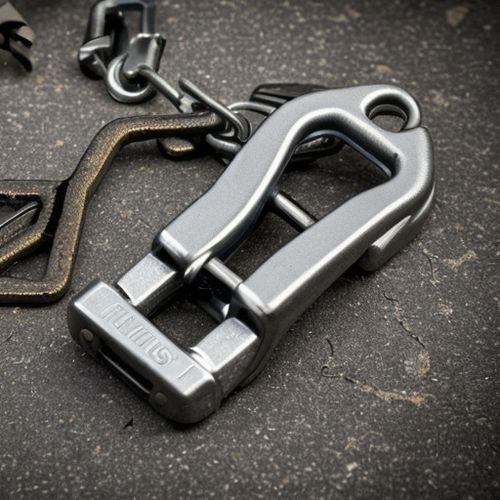
By Elizabeth Taylor/Apr 27, 2025
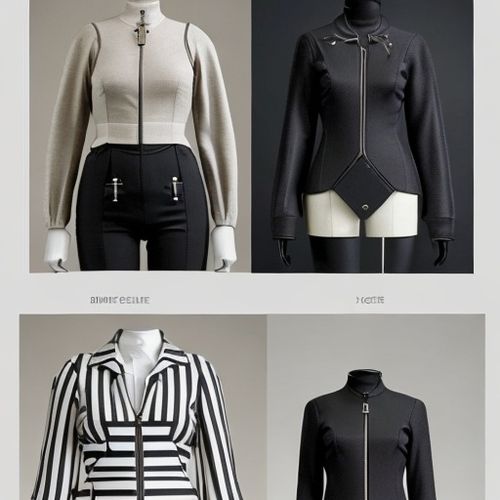
By Thomas Roberts/Apr 27, 2025
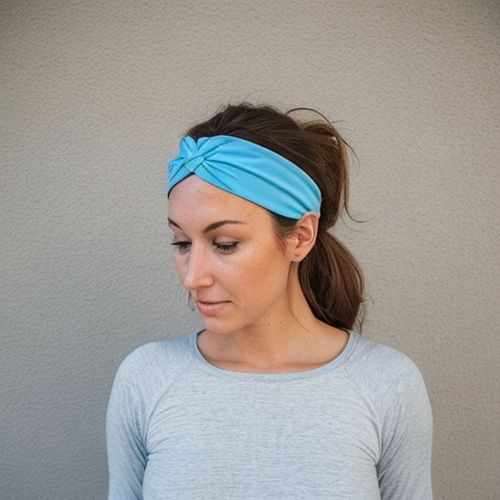
By Victoria Gonzalez/Apr 27, 2025
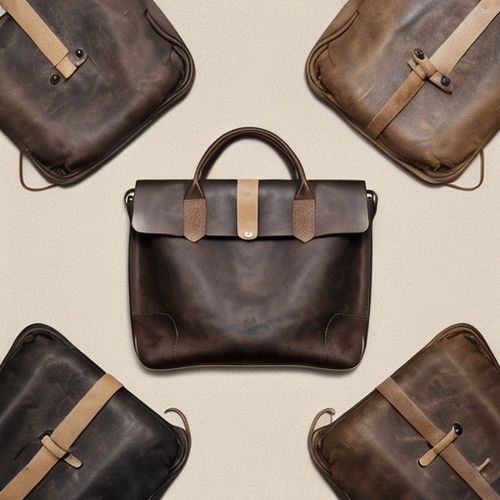
By David Anderson/Apr 27, 2025

By Emma Thompson/Apr 27, 2025
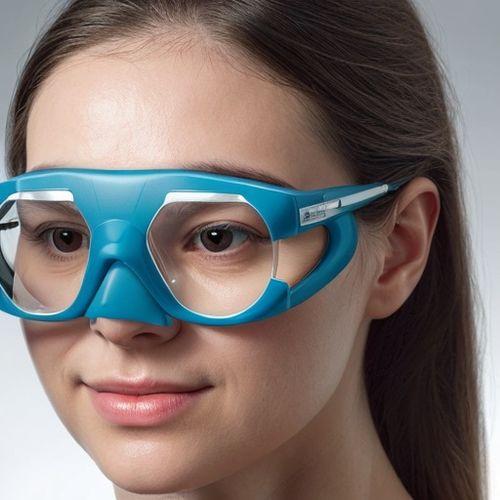
By Daniel Scott/Apr 27, 2025